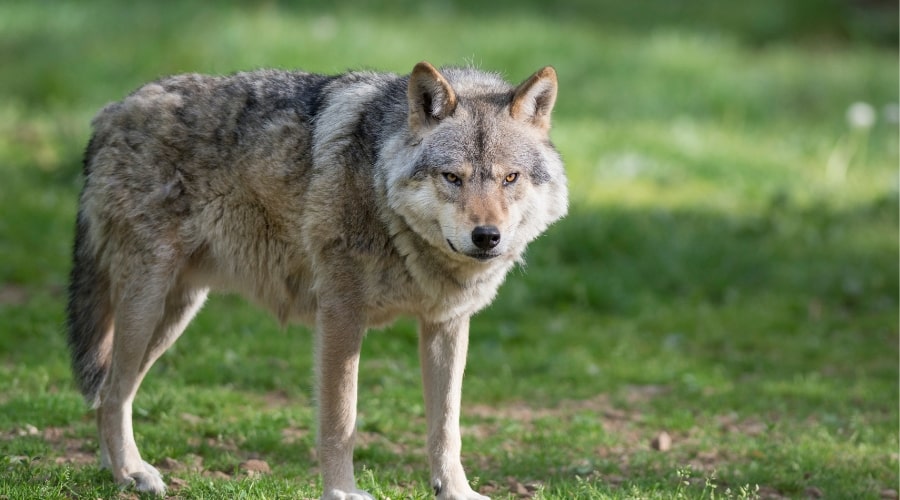Sheep are vulnerable to predators because they lack natural defenses. Effective strategies are essential to protect your flock from harm.
Understanding Common Predators
Identify the predators common in your area. Coyotes, foxes, wolves, and stray dogs are among the most frequent threats. In some regions, larger predators like bears and mountain lions may pose a risk. Birds of prey, such as hawks and eagles, can also target lambs.
Monitor your farm’s environment to determine the level of risk. Predators often leave signs, such as tracks or droppings. Knowing what you’re dealing with helps you implement targeted measures to safeguard your sheep.
Secure Fencing and Enclosures
Install predator-proof fencing to protect your flock. High-tensile electric fences or woven wire fences with a minimum height of 6 feet are effective. Add an electric wire at the top and bottom to deter climbing and digging predators.
Create secure enclosures for nighttime protection. Use sturdy materials and ensure there are no gaps where predators can enter. Regularly inspect and repair fences and enclosures to maintain their effectiveness.
Consider setting up a livestock guardian animal within the enclosure. Guardian dogs, llamas, and donkeys can deter predators and alert you to threats.
Utilizing Livestock Guardian Animals
Livestock guardian animals (LGAs) are an effective way to protect sheep. Dogs like Great Pyrenees, Anatolian Shepherds, or Maremma Sheepdogs are commonly used. These breeds are trained to live with and defend sheep from predators.
Llamas and donkeys can also serve as guardians. They are territorial and often aggressive toward predators. Choose an animal with a temperament suited for your farm and introduce them to the flock early.
Train your LGAs to recognize threats and bond with the sheep. Provide regular care and monitoring to ensure they remain effective protectors.
Managing Pastures and Surroundings
Reduce predator access by managing the environment around your pastures. Clear dense brush or tall grass where predators can hide. Maintain visibility to monitor the area and deter potential threats.
Rotate grazing areas to minimize predictable patterns. Predators often target predictable routines, so changing locations reduces vulnerability. Use temporary fencing to create flexible grazing spaces.
Install motion-activated lights or alarms around pastures. These can startle predators and discourage them from approaching.
Monitoring and Response
Regularly check your flock for signs of predation. Injuries, missing sheep, or unusual behavior can indicate a predator attack. Address issues immediately to prevent further losses.
Set up cameras around pastures to monitor activity. This helps you identify problem predators and adjust your strategies accordingly. Keep detailed records of incidents to track trends and assess the effectiveness of your defenses.
If predator attacks persist, work with local wildlife agencies or experts. They can provide advice on additional protective measures or assist with predator management programs.
Checklist for Predator Prevention
- Identify common predators in your area.
- Install high-quality predator-proof fencing.
- Use livestock guardian animals to protect the flock.
- Manage pastures by clearing brush and rotating grazing areas.
- Monitor the flock regularly for signs of predation.
- Use motion-activated deterrents around pastures.
By taking these steps, you can significantly reduce the risk of predator attacks on your sheep. Consistent effort and vigilance are key to keeping your flock safe and secure.


